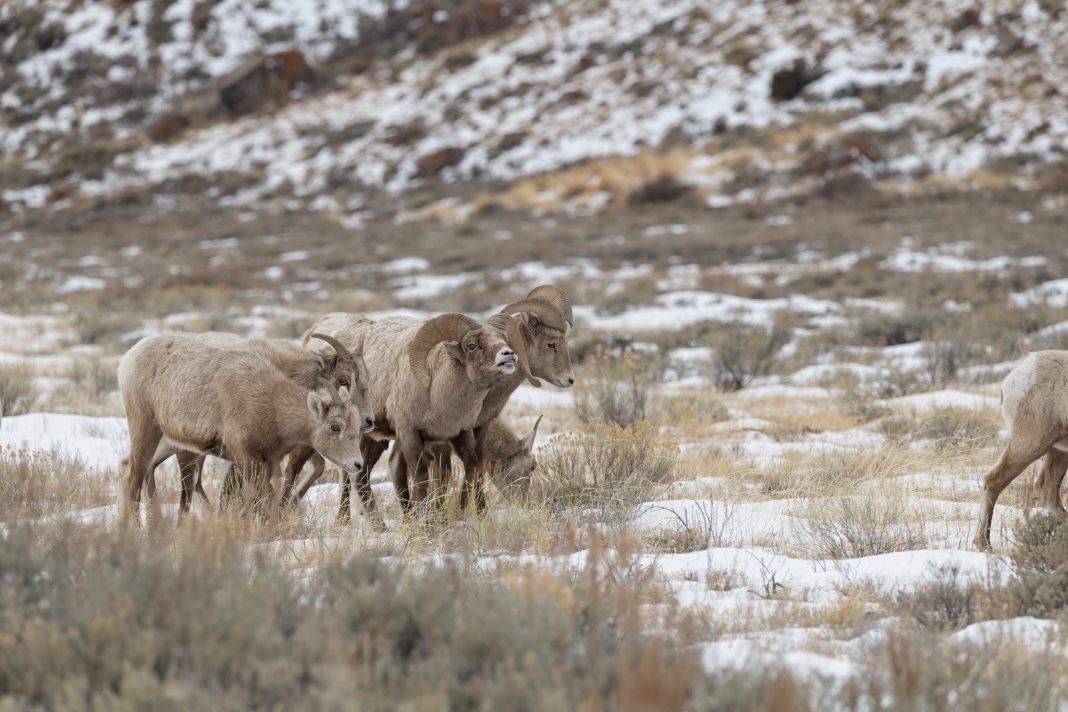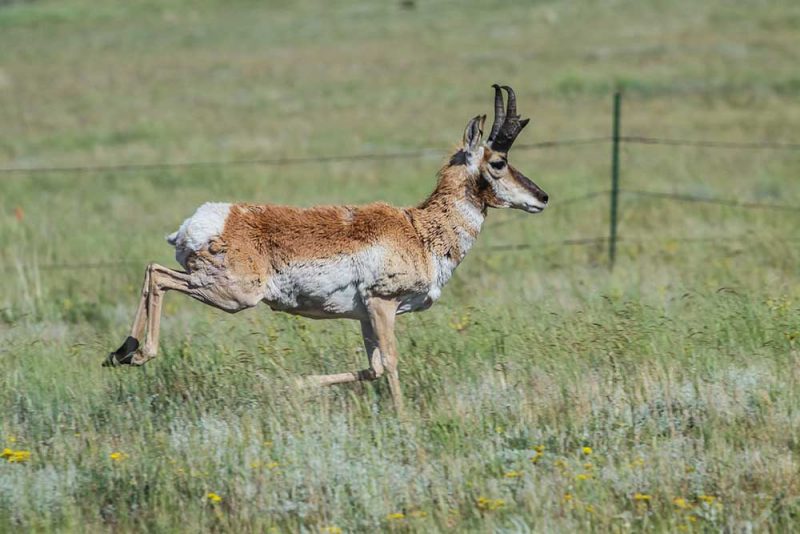MONTANA LAUNCHES BIGHORN STUDY – Bighorn sheep are some of the most sought-after big game animals for hunters. The pursuit of the “grand slam” is on many bucket lists across the country. Due to this love, hunters, conservationists, and state agencies are working to improve and increase the sheep herds across the landscape. Montana is no different.
Attempting to Understand Bighorn Populations
The Montana Fish, Wildlife and Parks are planning to collar hundreds of bighorn sheep, as well as many domestic sheep, to attempt to understand the relationship between the species.
“We want to understand how often they interact,” said Justin Gude, Research and Technical Service Section chief for the Montana Department of Fish, Wildlife & Parks. “It’s in the best interest of domestic sheep growers and wild sheep.”
The biggest concern with the two species is the possible spread of disease from domestic sheep to bighorn sheep. When a domestic sheep is in heat, a bighorn will travel many miles to get to that sheep. It’s believed that when this occurs, the bighorn is then infected with a disease that he then takes back to the bighorn herd.
“This is a baseline type study that will elucidate useful patterns that lead to experimental introduction of management practices to reduce commingling rates,” wrote Kurt Alt, conservation director for the Montana Wild Sheep Foundation. “The previous data is pointing us toward conserving existing herds, expanding bighorn distribution and minimizing comingling and the risk of spreading pathogens.”
This project is being conducted in conjunction with the Montana Woolgrowers Association, the Montana Wild Sheep Foundation, Wild Sheep Foundation, and Montana State University Animal & Range Science and FWP’s wild sheep and goat working group.
Projected Results
The groups involved in this project have many outcomes and results that they hope to obtain from the study. First and foremost is to identify ways to improve mortality rates from diseases contracted from domestic sheep. They also hope to understand what drives the two species to interact. A hopeful outcome is learning how to grow the bighorn populations by surviving diseases and sicknesses.















